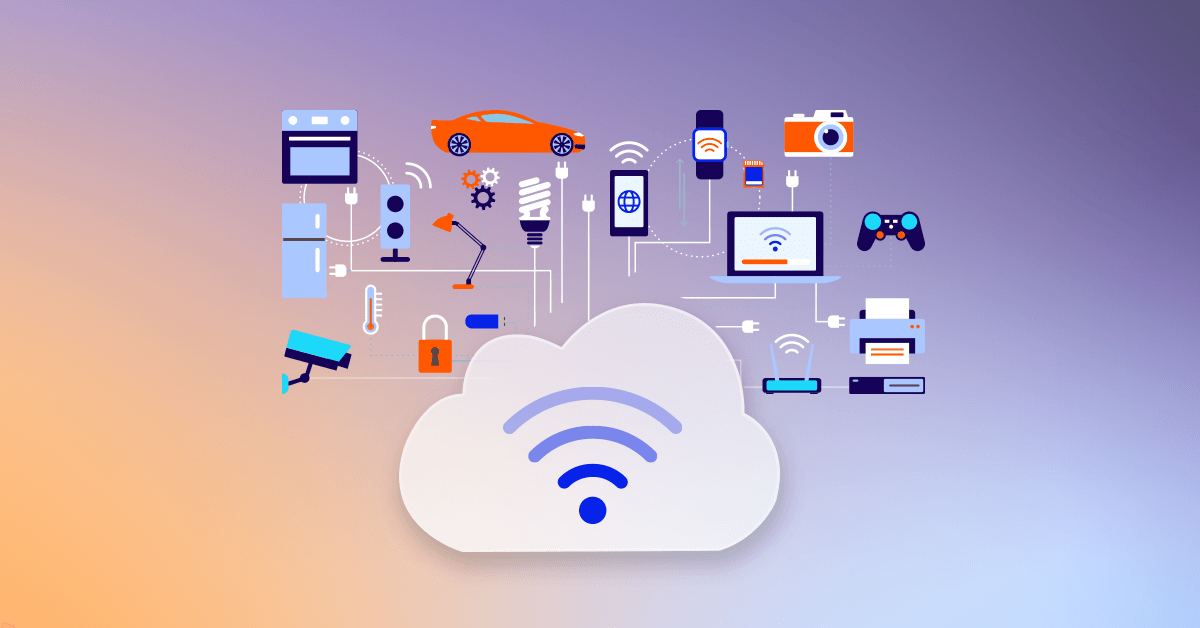
Global forecasts illustrate the scale of transformation. Analysts at Grand View Research value the IoT in utilities market at approximately USD 47.5 billion in 2023, with a trajectory towards USD 102.4 billion by 2030 at a compound annual growth rate of 10.7 per cent. Future Market Insights paints an even steeper ascent, estimating the market will rise from USD 43.5 billion in 2025 to USD 151.6 billion by 2035, driven by platform dominance and demand for asset monitoring solutions. Other analysts report projection ranges stretching into the hundreds of billions by the mid‑2030s.
This growth aligns with industry trends. Utilities sector analysis highlights IoT‑enabled utility management, digital twins, AI‑powered asset health monitoring and grid modernisation among the most impactful innovations reshaping the field in 2025. Utilities are harnessing IoT and remote sensors to enable continuous infrastructure monitoring, proactive maintenance and worker safety improvements. The rise of 5G connectivity is also enabling faster expansion of sensor networks, boosting resilience and transparency.
Environmental sustainability is another core driver. IoT helps reduce carbon footprints by optimising resource use, reducing energy waste, and enhancing transparency for both utilities and consumers. Advanced metering infrastructure—leveraging smart meters and two‑way communication networks—supports demand‑side management, dynamic pricing and better regulatory communication.
Safety and system integrity cannot be overlooked. With a projected 40 billion IoT devices by 2030, the industry faces growing cyber‑physical risk, especially in energy grids. Experts stress embedding resilience via modelling, digital twins and multidisciplinary design to prevent disruptions from malicious or technical faults.
Utilities are also embracing AI on the back of IoT foundations. In the United States, ageing grid infrastructure strained by electrification, data‑centre growth and climate pressures is fuelling interest in predictive‑maintenance systems. Companies such as Duke Energy and startups like Rhizome deploy machine learning to monitor transformers, forecast climate threats and reduce outages by as much as 72 per cent. Generative AI tools like Avangrid’s “First Time Right Autopilot” assist field technicians in real time, cutting repair times and improving field performance.
Across this technological surge, microgrids and distributed energy resources—including solar, wind and battery systems—provide added layers of resilience. These decentralised systems, integrated with IoT monitoring and control, help maintain critical services during main‑grid outages and adapt to supply fluctuations. The smart‑grid model benefits similarly, enabling two‑way communication, demand‑side management and seamless integration of variable renewable sources.
Beyond infrastructure, researchers are pushing for greener, more efficient IoT frameworks. One promising development is One‑shot Federated Learning, which reduces energy consumption and communication overhead while maintaining data privacy—an advancement directly aligned with green IoT goals.
Regulatory bodies and utilities globally appear to be responding. Some regulators are easing constraints to foster innovation, while utilities are moving cautiously through pilots, focusing on low‑risk, explainable applications that build organisational trust and operational comfort.
Topics
Technology
